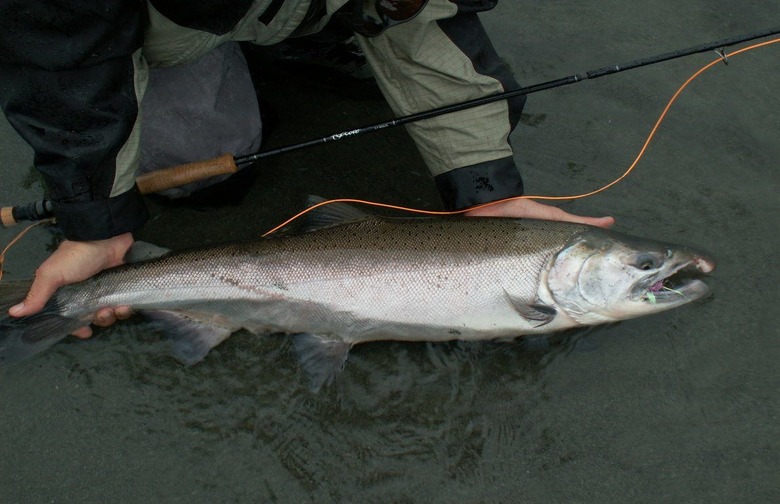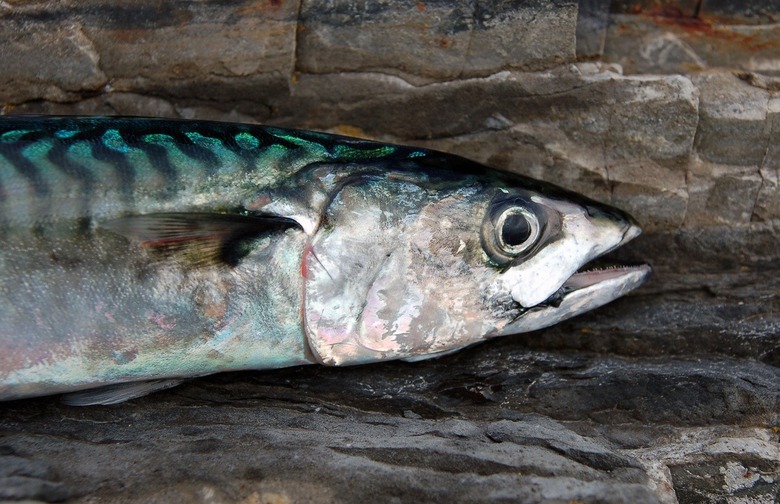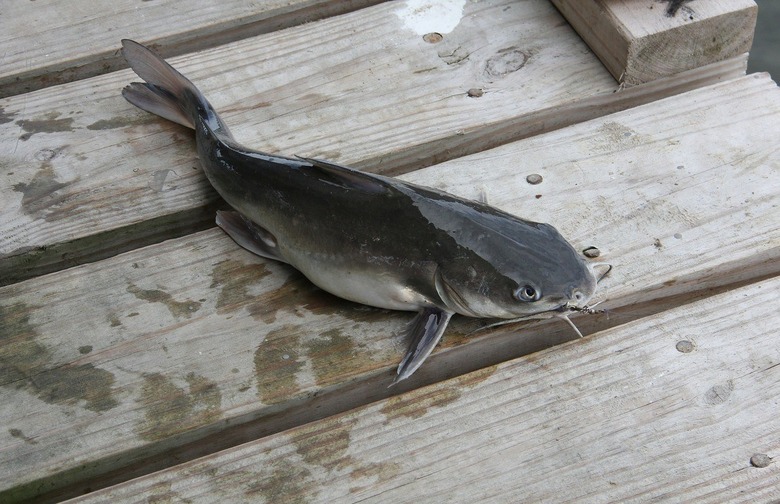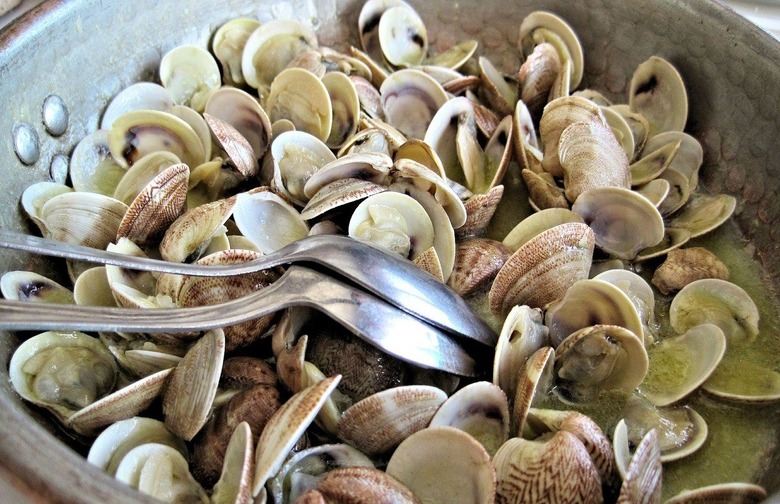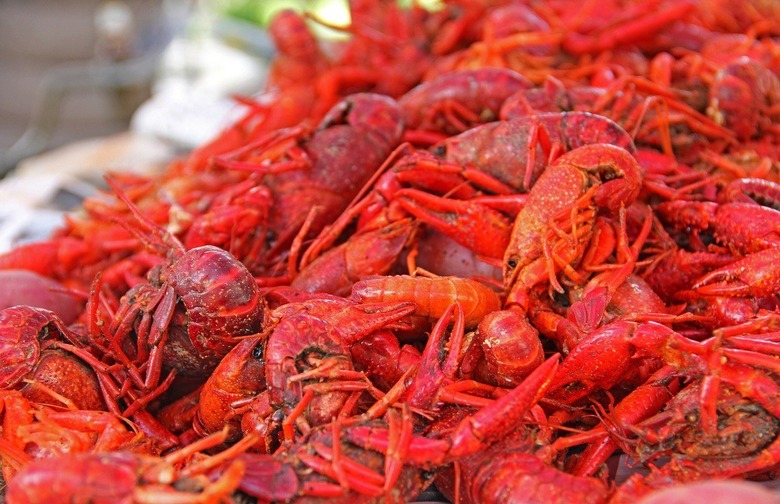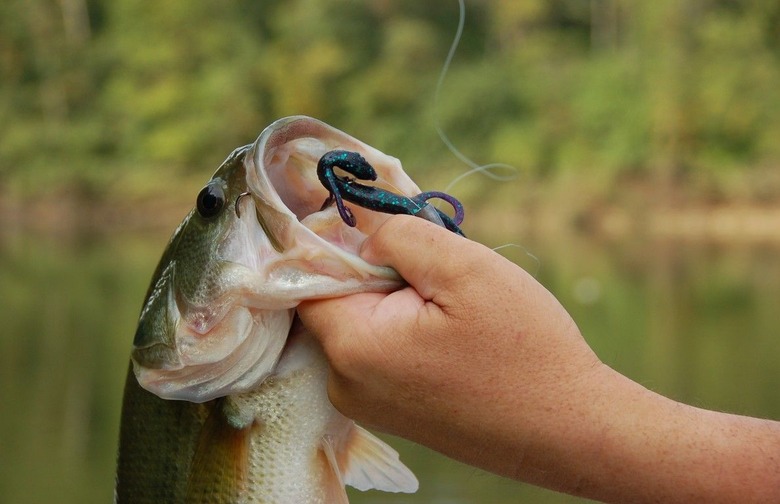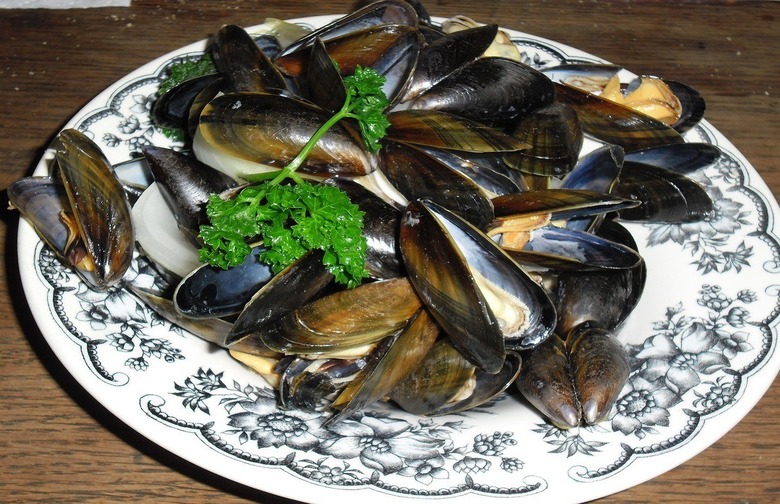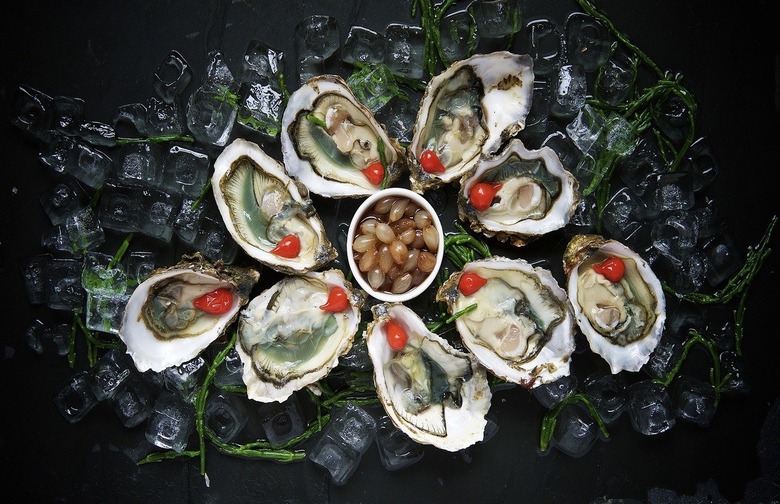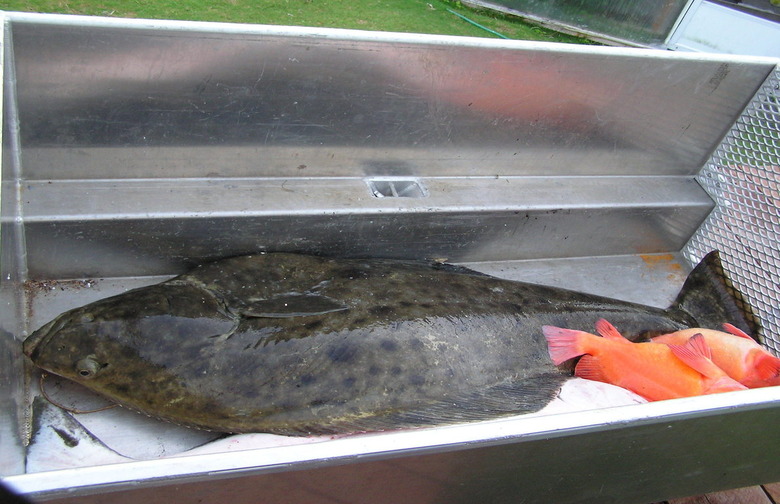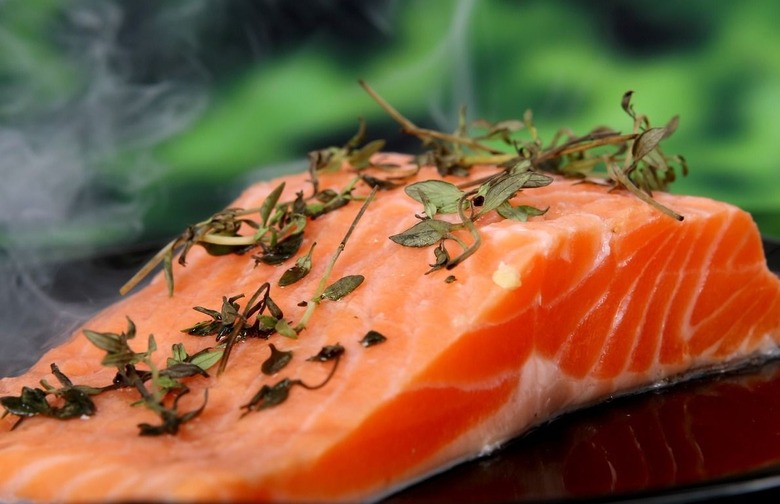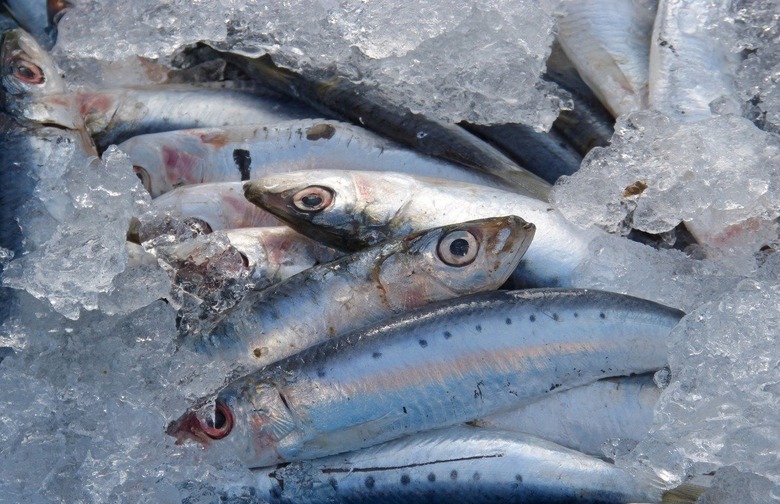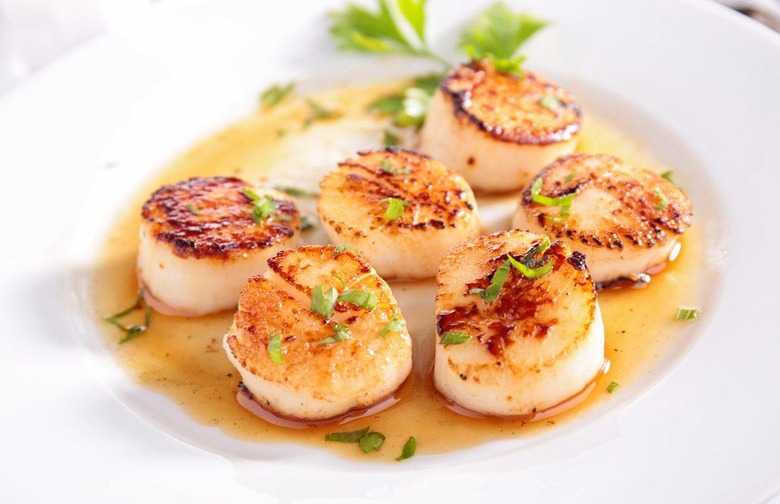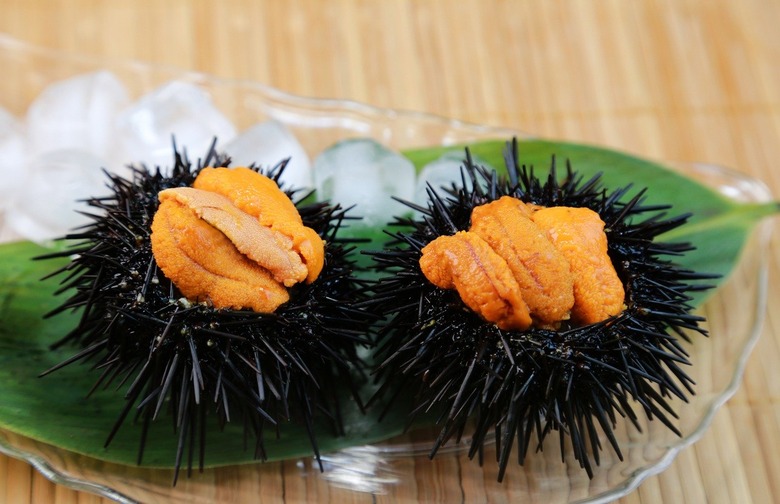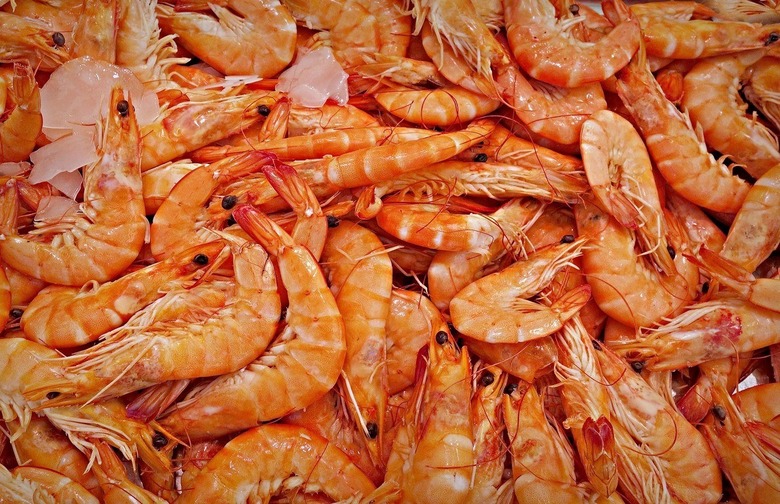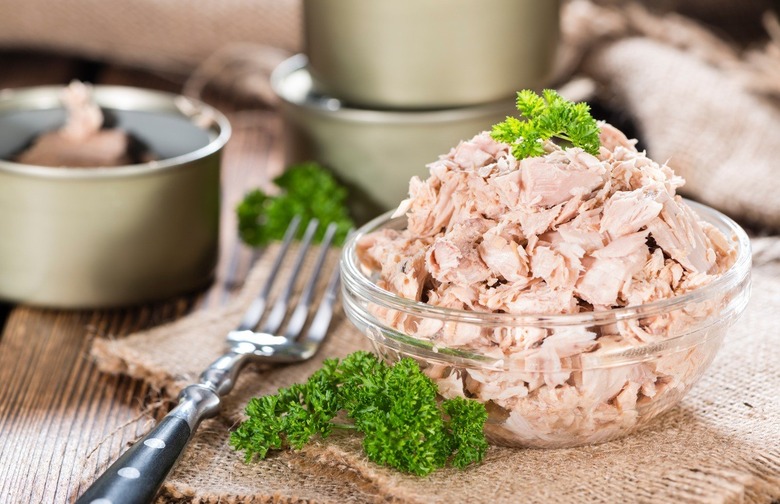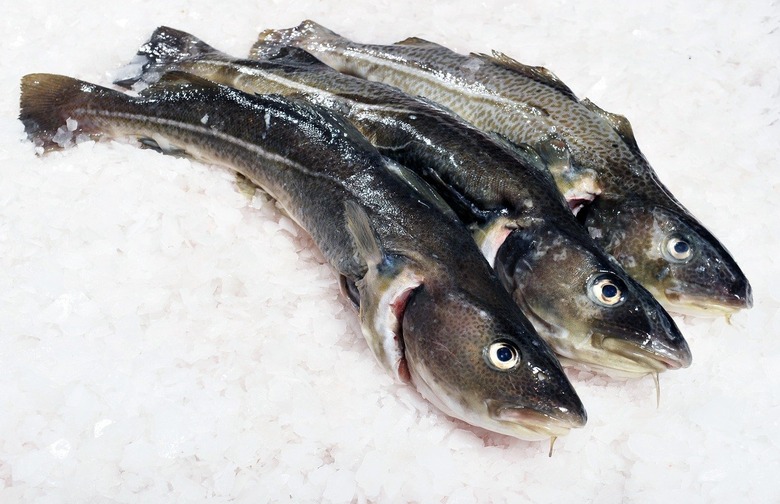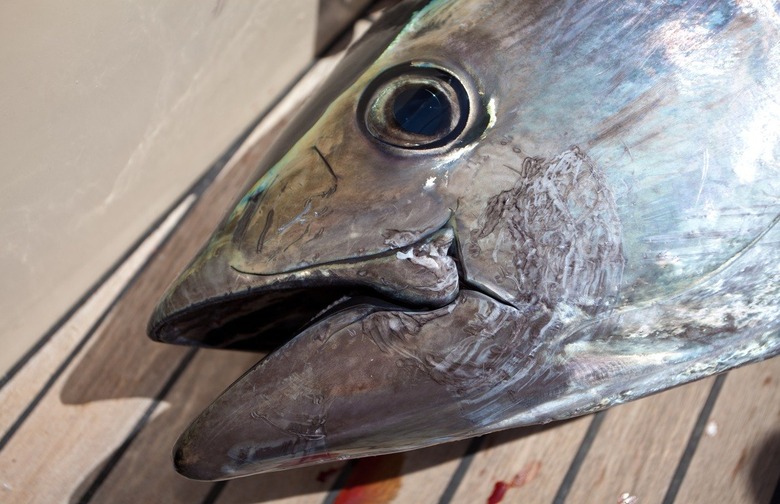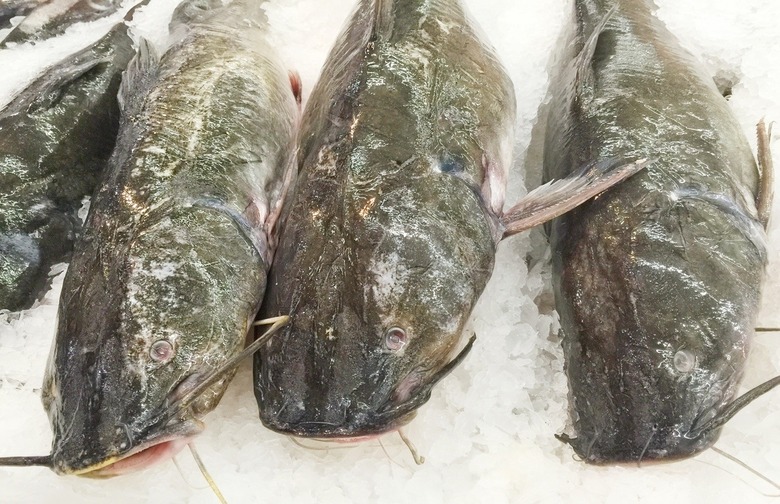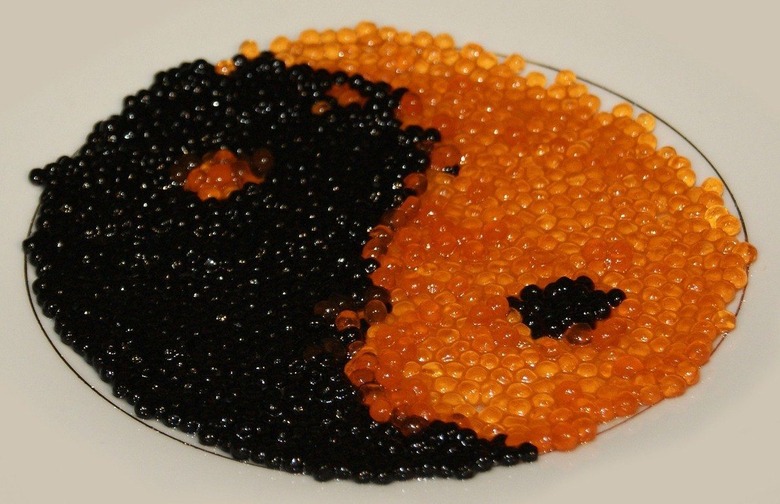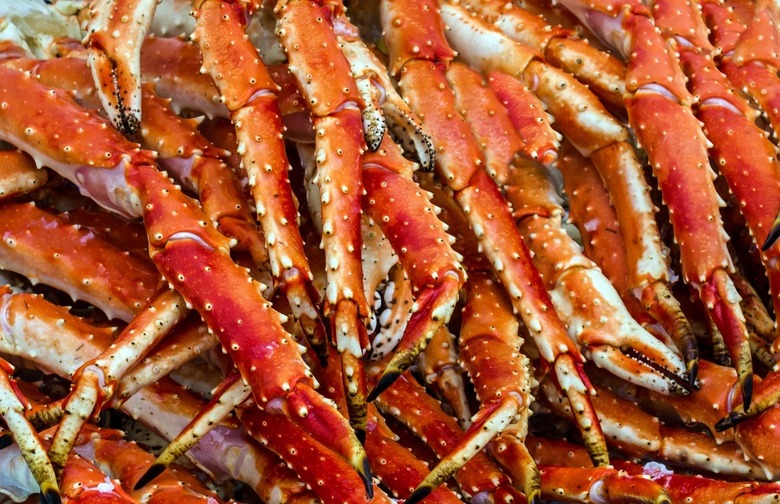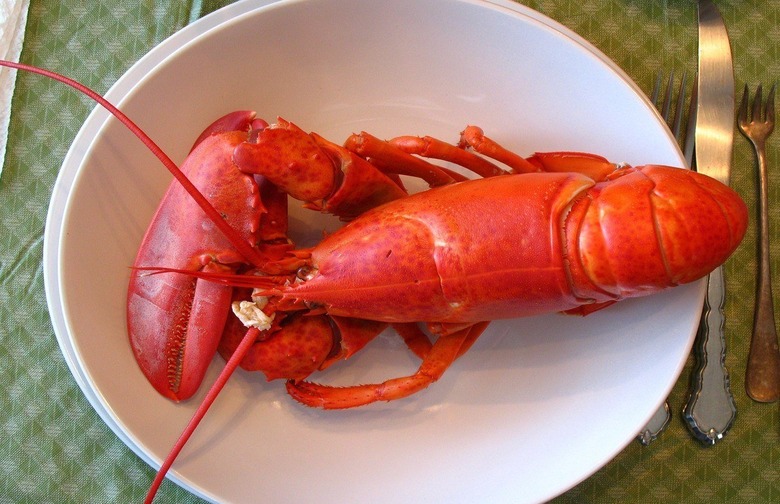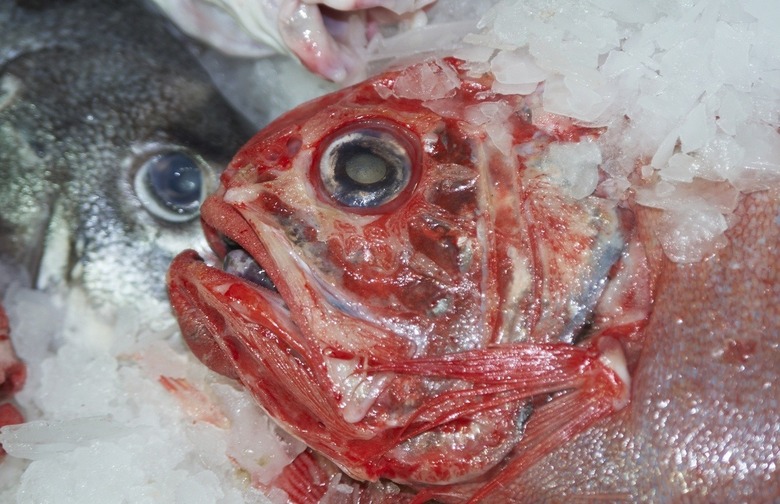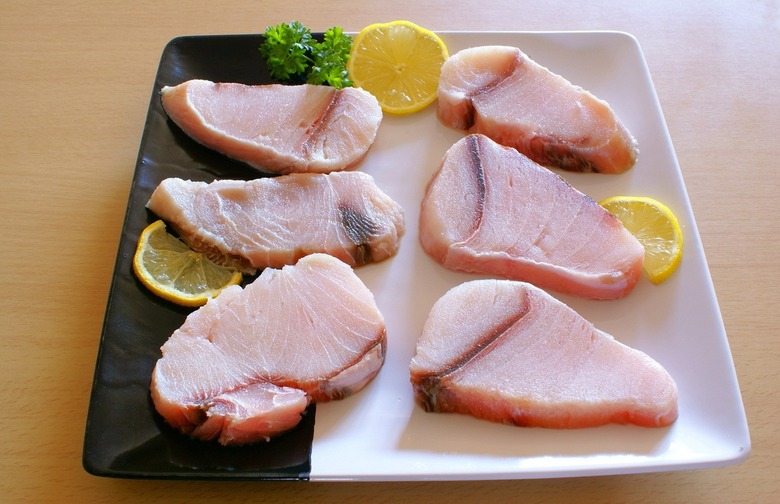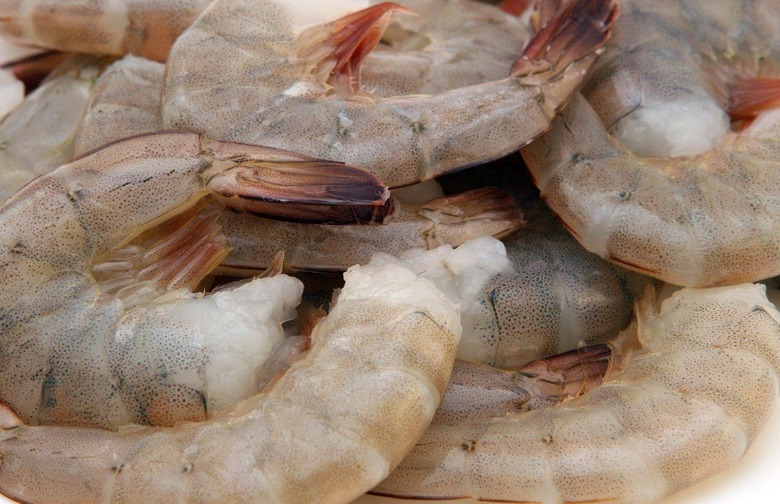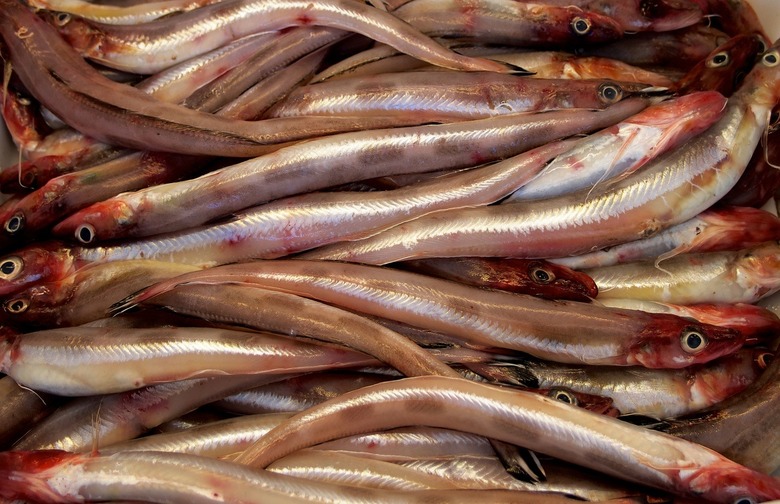Seafood Guide: Which Are Healthiest? Which Should You Avoid? Slideshow
Canned salmon makes the list because it's an affordable alternative to fresh, and it's also a completely different ingredient than fresh salmon. Canned salmon carries all the benefits of fresh but is more suitable to be molded into fish cakes or flaked on top of a salad. Alaskan salmon is also lower in lead and mercury than other kinds.
Eat: Atlantic Mackerel
Atlantic mackerel is a fast-growing fish that repopulates quickly. This fish is hearty, rich in omega-3 fatty acids, and a good source of protein.
Eat: Catfish, Domestic, Farm Raised
Catfish farming is one of the most responsible forms of aquaculture. Catfish are not at risk of overfishing and are also low in calories, fat, and mercury. They're a powerful source of omega-6 fatty acids and contains 40 percent of the daily recommened intake of vitamin B12.
Eat: Clams
When evaluating seafood, it's crucial to consider toxicity levels. The Environmental Defense Fund reports clams score very low on their contaminant scale. Clams also provide a dose of iron exceeding that of red meat. Clam harvesting is closely monitored by state authorities, making it relatively sustainable. If you're looking to shoot some fresh clams, try to buy quahogs (hard clams) off the Atlantic or Manilas from the Pacific Coast.
Eat: Crawfish
Though they look like miniature lobsters, crawfish are a surprisingly protein-rich shellfish. Five ounces of crawfish contain 25 grams of protein and almost no carbohydrates. If you're going to experiment with a crawfish boil, make sure to purchase ones farmed in Louisiana or Mississippi, and not the ones imported frozen from Asia.
Eat: Large Mouth Bass
Large mouth bass thrive in fresh water and contain more than 20 grams of protein in a 3-ounce serving. They are not at immediate risk of overfishing, so there's no need to take pity on them during your next fishing trip.
Eat: Mussels
Humble mussels have the most robust nutritional profile of any the shellfish. They contain high concentrations of zinc and other minerals, and are rich in long-chain fatty acids, which improve brain function and reduce inflammation. Mussels are not endangered or at risk of overfishing.
Eat: Oysters
Oysters used to be a working man's food, but overfishing has caused their prices to skyrocket. A dozen oysters on the half shell is a pricey appetizer, but the nutritional benefits are worth it. Oysters are high in protein with a 6-ounce portion containing 16 grams of protein. They are also high in zinc, which is linked to fertility in males. (Bonus: raw oysters have only 10 calories apiece.)
Eat: Pacific Halibut
Usually oil is a no-no, but halibut is chock-full of heart-healthy omega-3 fatty acids that have been proven to reduce cardiovascular disease.
Eat: Salmon, Raised iIn Tank Systems or Wild
The health benefits of salmon are well documented. Both farmed salmon and wild salmon are full of omega-3 fatty acids. It's important to consider the conditions in which the salmon are raised because some farming methods are better than others. "Land-based" or "tank-based" aquaculture is preferred because it eliminates the risk of the farmed salmon infecting ocean wildlife.
Eat: Sardines
Sardines can add a fishy pop of flavor to an ordinary dish. They are a great source of omega-3 fatty acids, low in calories, and high in minerals. When available fresh, they can be lightly fried or grilled and served with wedges of lemon. The canned variety can be chopped and added to fritters, blended into a pâté, or used as topping on pizza.
Eat: Scallops
Scallops are succulent mollusks included on the most extravagant of restaurant menus, but you can also pick them up at your local grocery store. The scallop is 80 percent protein and low in calories, and will add a degree of sophistication to your next meal.
Eat: Sea Urchin
Besides impressing your friends at the sushi bar, eating sea urchin can improve your health. Sea urchins taste like the ocean — no, seriously — and have the texture of extra smooth Play-Doh (don't judge me; we've all tried it once!). The sea urchin is surprisingly rich in fiber and is also an excellent source of vitamin C. It is also rumored that a spoonful of urchin can improve your virility and libido.
Eat: Shrimp, Domestic
Shrimp come in a variety of sizes and types, but all have a similar nutritional profile. They are low in calories and rich in protein, making them a great addition to a salad or pasta. Most shrimp is frozen at sea, so that fresh shrimp you see at the counter has probably really just been unthawed. The shrimp "vein" is actually its digestive tract (do with that what you will), so it's best to remove it before cooking. Be aware that some shrimp are treated with additives in order to extend their shelf life, so make sure the ingredient label on your bag only reads "shrimp."
Eat: Tuna, Canned
Canned tuna might look like cat food, but dressed up with some mayonnaise, celery, lemon, and sea salt, you've got yourself a protein-packed lunch. Albacore tuna is naturally high in mercury, so look for skipjack tuna instead, just to be safe.
Avoid: Atlantic Cod
Though Atlantic Cod isn't actually that unhealthy, it's overharvested. Its popularity among New Englanders has devastated the Northeast's cod population. Fortunately, Pacific Cod is still very plentiful and affordable.
Avoid: Bluefin Tuna
Not only is it considered critically endangered by the International Union for Conservation of Nature, but bluefin tuna is loaded with mercury, a known carcinogen. If you're not careful, consuming too much tuna can lead to mercury poisoning. To fulfill your tuna fix, try American-caught albacore tuna, which is caught at a younger age and contains lower levels of the mineral.
Avoid: Catfish, Imported
Almost all of the United States' imported catfish comes from Vietnam, where antibiotic regulations are not as stringent. Two species of catfish exported out of Vietnam, swai and basa, aren't considered catfish by the U.S. Food and Drug Administration. This regulatory loophole means the fish are held to a more lenient standard than other catfish.
Avoid: Caviar
Caviar is considered a delicacy by those who can afford it, but its popularity is a detriment to the sturgeon population. Sturgeons and other long-maturing fish are the only types that can produce the roe, leaving them at risk of overfishing. The cured fish eggs are high in salt and cholesterol, making caviar a food you can definitely skip.
Avoid: King Crab, Imported
Russia has inundated the market with king crabs by lifting their catch quota. King crabs are often mistakenly marketed as Alaskan king crab, misleading customers to think they're purchasing a domestically caught product.
Avoid: Lobster
First it was a peasant food, then it was a delicacy, and now it's the mascot for an international seafood chain. It's delicious with a bib and side of melted butter, but lobster should be eaten in moderation because of its high cholesterol count, with one serving equaling 71 percent of your daily recommended intake.
Avoid: Orange Roughy
Its name makes it sound like a tough guy, but the fish is more like an old man than a young thug ("orange roughy" is a so-called market name; it's really Patagonian toothfish). Theorange roughy reproduces late in its life cycle, which makes it susceptible to overfishing. The fish also contains elevated levels of mercury. Restaurant chains such as Red Lobster have eliminated the fish from its menus, and you should follow their lead and avoid it, too.
Avoid: Shark
Sharks are high up on the food chain, and are needed in the wild because of their important role in biodiversity. But ecological issues aside, sharks are very high in mercury and should not be included in your diet.
Avoid: Shrimp, Imported
Although shrimp is not unhealthy when harvested domestically, the antibiotics and chemical showers used by farmers abroad make shrimp a dangerous product to consume. Shrimp pens can get grimy, and the cleansers used to decontaminate them often leave residue on the final product.
Avoid: Silver Eel
Eel is not popular on its own, but it's a staple on sushi menus. The silver eel is not only overfished, but it is also a source of PCB (polychlorinated biphenyl) and mercury.
